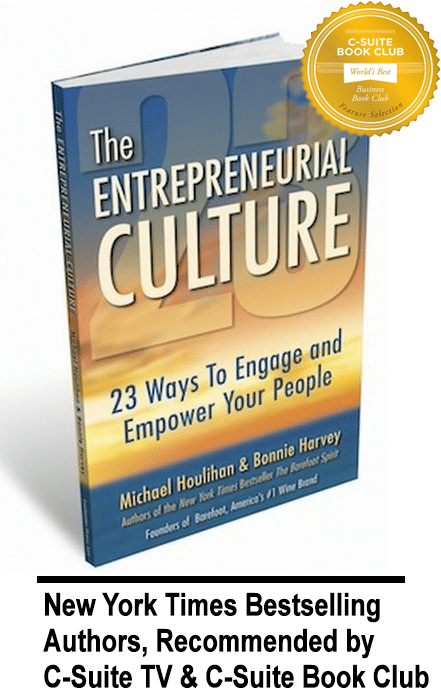
What are the current skills employers want and what are the basics community college grads need to survive economically in the 21st century?
To answer these questions, we need to take a look at the profile of the typical community college student, where they come from, and where they are going.
For starters they are typically working class people who are the sons and daughters of blue-collar parents and immigrant entrepreneurs. Unlike their colleagues in 4-year schools, many are putting themselves through college by working at part-time, or even a full-time jobs. Consequently, many take up to 6 years to complete 2 years of secondary education. Also, most students in community colleges tend to be more interested in their education than campus life. They are typically down to business.
So given this profile, what would be the most effective education the community colleges could offer? We think it should include entrepreneurship. Since the recession demonstrated to today’s grads that there is no more long-term security in corporate employment, entrepreneurship is now a valid alternative and one many community college grads already choose.
If the goal of the community colleges is to graduate students who are ready to take their places in the work force, isn’t self-employment and the creation of new jobs part of that responsibility? And are their grads ready?
Ironically, the corporations that are hiring, increasingly prefer students with entrepreneurial education. Why? They empathize with their employers as they view business as a whole and not just a group of specialized jobs. They know where the money comes from and what it takes make a profit. We believe this is the most desirable employee.
So what would a two-year entrepreneurship curriculum look like? We think it should include at least the following:
1. Liberal Arts including psychology, philosophy, history, sociology, critical thinking, and communication skills (verbal and written). These competencies will aid greatly in developing and growing relationships necessary at every level of entrepreneurship.
2. Technical Skills including Word Press and other popular programs necessary to maintain a website, and an understanding of all the various social networking platforms and their appropriateness for communicating with prospects and customers.
3. Cash Flow Management including modeling, cost accounting, projections, and budgeting. This should include developing alternatives to getting loans or seeking funding. Resourcefulness can reduce the need for capital, and so can identifying and working with strategic alliances, as well as the outsourcing for products and services required.
4. Personnel Management including compensation and incentive plans, company culture, mentoring, and understanding how to prevent turnover which is the #1 hidden cost of any business. Also, staff selection, hiring, firing, orientation, training, and profit-sharing.
5. Distribution Management, which should include: sales skills and closing techniques; customer relations; the various levels of sales in the distribution chain and what each level wants and why; and how to see every player’s job from their point of view. Also, how to work with the community from which customers emanate.
Whether entrepreneurship is offered as a certification or as an elective part of the AA (Associate of Arts, 2 –year degree), this education will help grads get jobs or start their own companies. Either way, the economy will benefit by reducing the number of “unemployed” grads.
Who We Are

Michael Houlihan and Bonnie Harvey co-authored the New York Times bestselling business book, The Barefoot Spirit: How Hardship, Hustle, and Heart Built America’s #1 Wine Brand. The book has been selected as recommended reading in the CEO Library for CEO Forum, the C-Suite Book Club, and numerous university classes on business and entrepreneurship. It chronicles their humble beginnings from the laundry room of a rented Sonoma County farmhouse to the board room of E&J Gallo, who ultimately acquired their brand and engaged them as brand consultants. Barefoot is now the world’s largest wine brand.
Beginning with virtually no money and no wine industry experience, they employed innovative ideas to overcome obstacles, create new markets and forge strategic alliances. They pioneered Worthy Cause Marketing and performance-based compensation. They built an internationally bestselling brand and received their industry’s “Hot Brand” award for several consecutive years.
They offer their Guiding Principles for Success (GPS) to help entrepreneurs become successful. Their book, The Entrepreneurial Culture: 23 Ways To Engage and Empower Your People, helps corporations maximize the value of their human resources.
Currently they travel the world leading workshops, trainings, & keynoting at business schools, corporations, conferences. They are regular media guests and contributors to international publications and professional journals. They are C-Suite Network Advisors & Contributing Editors. Visit their popular brand building site at www.consumerbrandbuilders.com.
To make inquiries for keynote speaking, trainings or consulting, please contact sales@thebarefootspirit.com.






